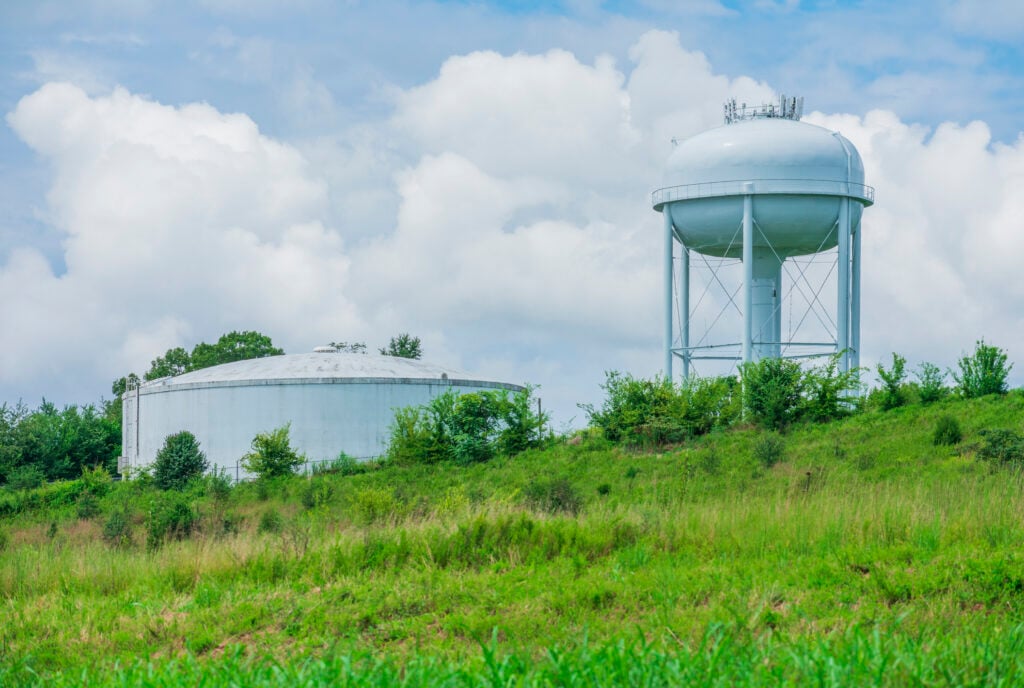In America, we have gotten used to turning on faucets and getting clean, good-tasting water from them. The problem with water coming from the tap is that it can contain dozens of different mineral, metal and chemical contaminants and you would never be able to taste most of them.
To know exactly what is coming out of your taps, the only solution is to test your own water supply so you know what must be removed. This solution applies both to households supplied by municipal water and those supplied by private wells. As reported by the Environmental Working Group, millions of American households have drinking water that is too high in dangerous contaminants that can affect the health of those in the home.
Who Protects the Quality of America’s Drinking Water?
The Environmental Protection Agency sets limits on the levels of contamination that can legally exist. The agency publishes long lists of potential contaminants that include toxic minerals and metals, industrial and agricultural chemicals, fertilizers, herbicides and pesticides that must be limited. Any municipal water system must comply with these standards. If they fail, the EPA can enforce the standards, fine the water provider, provide funding to improve water quality or take other actions.
However, not everyone feels that the EPA’s standards are stringent enough. California, for example, has its own water contamination goals that are often far stricter than the EPA’s. Massachusetts, Michigan, New Hampshire, New Jersey, New York, and Vermont have set or proposed their own limits for specific contaminants. Rhode Island has a stricter standard for lead and Hawaii has set its own limits for certain chemicals used in pineapple farming.
Other organizations such as the Environmental Working Group, the National Institute of Environmental Health Sciences, Safer States, Need Our Water and many others feel that stricter standards provide more protection for American health.
Which Contaminants Are Too High and Where?
Many areas of the U.S. have contamination levels that are high enough to harm health. Here are just a few examples from thousands of reports.
Trichloroethylene (TCE): This toxic chemical is used in dry cleaning, refrigeration and making paints and adhesives. It causes cancer and harms the nervous system, kidneys, liver, immune system, male reproductive system, and unborn babies. Excessive levels have been found in California, Oregon, Minnesota, Wisconsin, Texas, South Carolina and the Mid-Atlantic states.
Chromium-6 (hexavalent chromium): This cancer-causing chemical has various industrial uses, including being used as a coolant in electrical power stations. California has set the limit of chromium-6 at 0.02 parts per billion but the EPA’s limit is 100 ppb. Unsafe levels have been found most frequently in California, Arizona, Oklahoma, Kansas, Missouri and Illinois.
1-4 Dioxane: This clear solvent is a likely cancer-causing chemical. It also harms the lungs and kidneys. The Environmental Working Group recommends no more than 0.35 parts per billion in drinking water. Higher levels have been found in New Jersey, California, New York, North Carolina, and Illinois.
Trihalomethanes (THMs): THMs are toxic byproducts of chlorine disinfection of public water supplies. Levels of THMs exceeding EPA standards have been found in 36 states. The EPA limit for THMs is 80 parts per billion but some organizations recommend a limit of 0.15 parts per billion. Levels of THMs above 0.15 parts per billion have been found in all 50 states.
Radium: From natural radioactive deposits in the earth plus fracking, mining and drilling, this radioactive material can contaminate drinking water. The EPA standard for radium in water is 6 picocuries per liter. The State of California’s goal for radium in drinking water is 0.05 picocuries per liter. Measurements above the EPA’s limit have been found in 32 states. Radium is known to cause bone and other cancers.
Protecting Your Home’s Water Supply Starts with Accurate Testing
Whether your home is supplied by well water or municipal water, it’s important to know how pure it is. Contaminants can be removed with the right filtration or treatment but you must know what’s in your water to choose the right system. Don’t wait, choose our Premium Water Test that looks for 113 contaminants you don’t want your family drinking. With the right filtration, you can be confident that your family has healthy water every time they turn on the tap.

